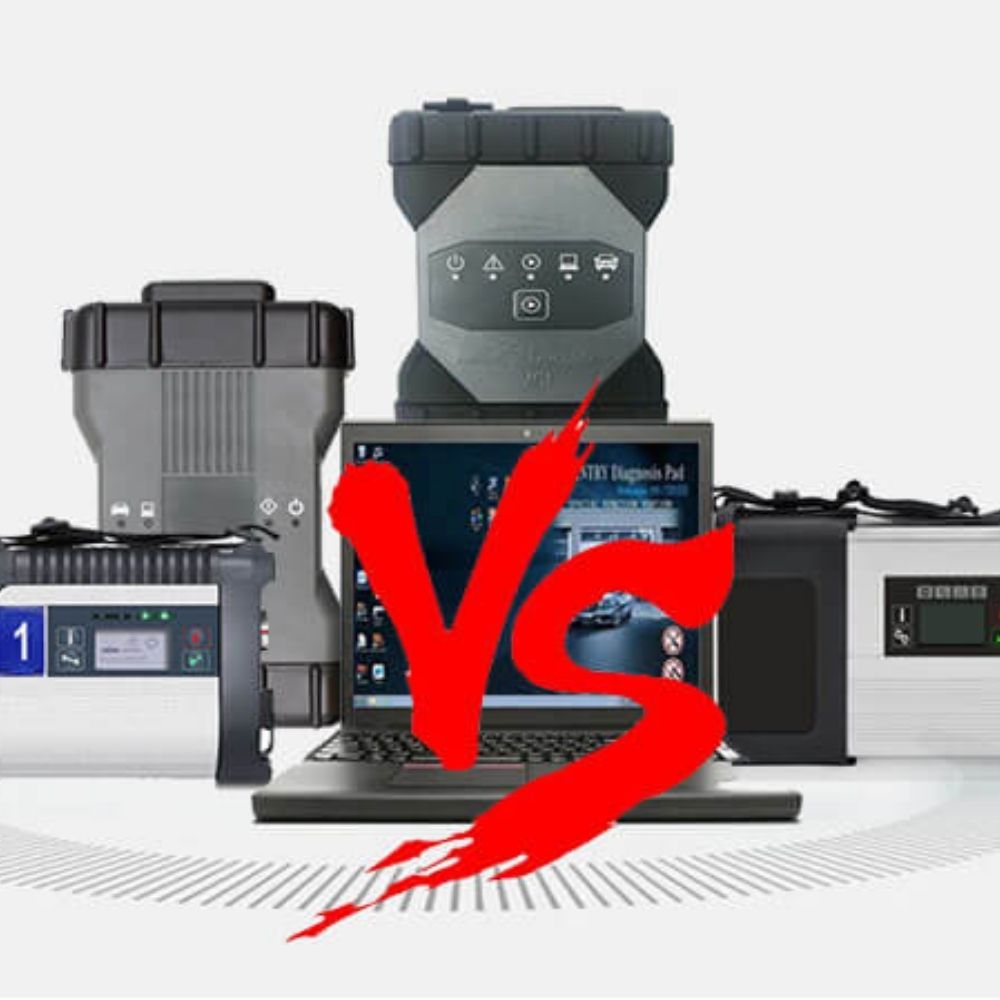
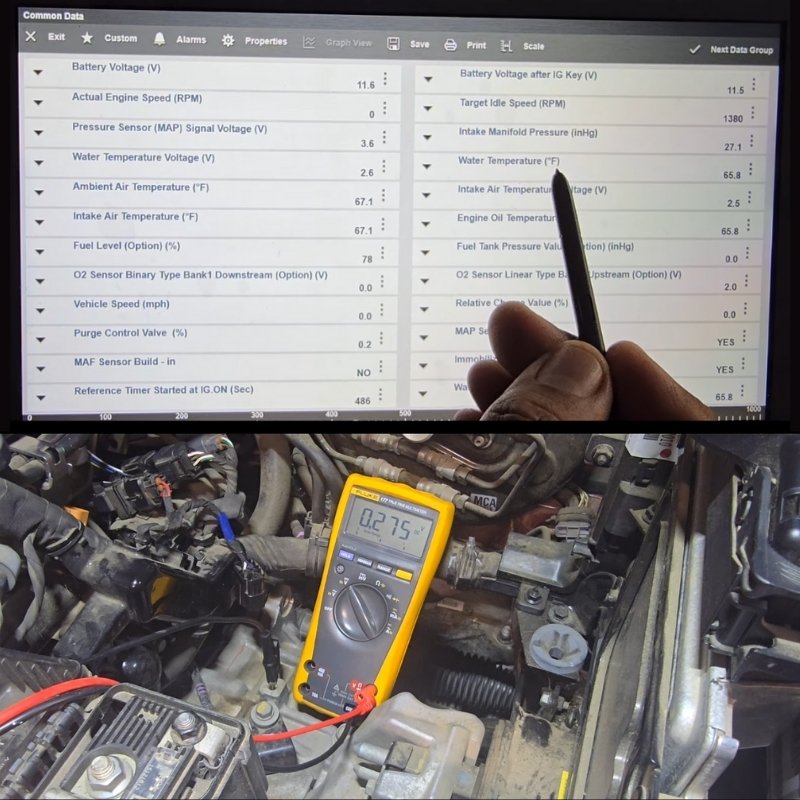
How to Test Engine Coolant Temperature Sensor
Contents
- Understanding ECT Sensor Fundamentals
- Operational Principles and Design
- Sensor Variations and Specifications
- Preparation for Testing
- Required Tools and Equipment
- Locating the ECT Sensor
- How to Test Engine Coolant Temperature Sensor
- Resistance Testing with an Ohmmeter
- Voltage Testing with a Voltmeter
- Temperature Comparison Testing
- Advanced Diagnostic Techniques
- Interpreting Results and Common Failure Patterns
- Normal Operating Parameters
- Common Failure Modes
- Practical Testing Steps
- In-Vehicle Testing Procedure
- Bench Testing Procedure
- FAQ
- Conclusion
- Need Help with Car Diagnostics?
Knowing how to test an engine coolant temperature sensor (ECT sensor) is a valuable skill for any car owner or mechanic. A faulty ECT sensor can lead to a range of performance issues, from poor fuel economy to difficulty starting. This guide will walk you through the process of testing your ECT sensor, providing clear, step-by-step instructions, whether you’re a seasoned mechanic or a DIY enthusiast.
Understanding ECT Sensor Fundamentals
Operational Principles and Design
The ECT sensor is a temperature-variable resistor, typically a Negative Temperature Coefficient (NTC) thermistor. This means its resistance decreases as the coolant temperature increases. The vehicle’s Engine Control Unit (ECU) supplies a reference voltage (usually 5V) to the sensor, and the variable resistance generates a voltage signal that the ECU uses to adjust critical engine parameters.
Sensor Variations and Specifications
Most vehicles use NTC-type sensors, but some manufacturers, like Renault, employ Positive Temperature Coefficient (PTC) sensors, where resistance increases with temperature. At 20°C (68°F), a typical NTC sensor has a resistance of 2,200-2,800 ohms and a voltage of 3.00-3.50V. As the engine warms to 80°C (176°F), resistance drops to 270-380 ohms, with voltage readings between 1.00-1.30V.
Preparation for Testing
Required Tools and Equipment
To accurately test an ECT sensor, you will need:
- A digital multimeter (for resistance and voltage measurements)
- A thermometer (to verify coolant temperature)
- Containers with water at different temperatures (for bench testing)
- An oscilloscope (for advanced diagnostics)
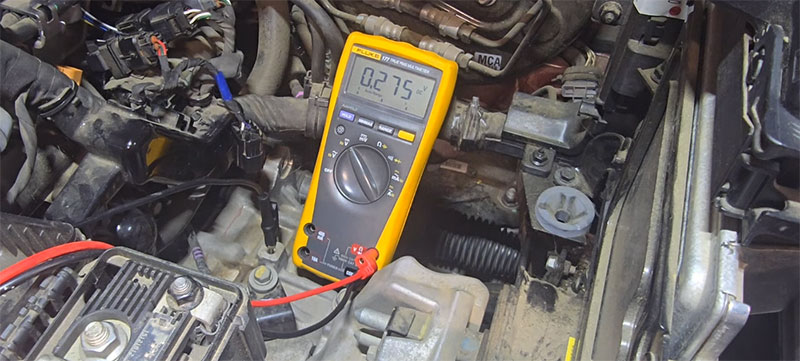
Locating the ECT Sensor
The ECT sensor is usually found near the thermostat housing, upper radiator hose, or on the engine block or cylinder head. Consult your vehicle’s service manual for precise location details.
How to Test Engine Coolant Temperature Sensor
Resistance Testing with an Ohmmeter
- Disconnect the ECT sensor’s electrical connector.
- Set the multimeter to the ohms function.
- Measure the resistance across the sensor terminals.
- Compare readings:
- Cold Engine (~20°C/68°F): 2,200-2,800 ohms
- Hot Engine (~80°C/176°F): 270-380 ohms
- If resistance values do not change as expected, the sensor may be faulty.
Voltage Testing with a Voltmeter
- Set the multimeter to DC voltage (0-20V range).
- With the ignition ON (engine off), back-probe the sensor’s signal wire.
- Measure voltage:
- Cold Engine (~20°C): 3.00-3.50V
- Hot Engine (~80°C): 1.00-1.30V
- If the voltage remains constant or is out of range, the sensor may need replacement.
Temperature Comparison Testing
- Remove the sensor and place it in water at varying temperatures.
- Measure resistance at each temperature:
- 0°C (32°F): ~5,000-6,000 ohms
- 20°C (68°F): ~2,200-2,800 ohms
- 80°C (176°F): ~270-380 ohms
- If resistance values do not correspond to expected values, the sensor is defective.
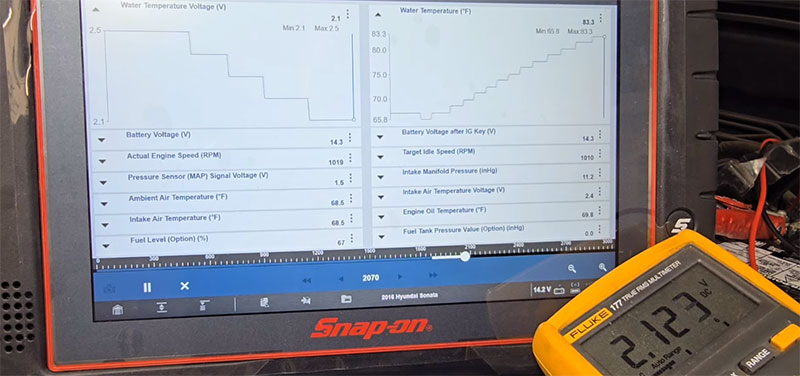
Advanced Diagnostic Techniques
Oscilloscope Testing can provide a real-time voltage curve for the ECT sensor, helping diagnose intermittent faults.
Interpreting Results and Common Failure Patterns
Normal Operating Parameters
Expected readings:
- Resistance: 5,000-6,000Ω (0°C), 2,200-2,800Ω (20°C), 270-380Ω (80°C)
- Voltage: 4.00-4.50V (0°C), 3.00-3.50V (20°C), 1.00-1.30V (80°C)
Common Failure Modes
- Open Circuit: 5V reading, leading to a rich fuel mixture and high emissions.
- Short Circuit: 0V reading, causing false overheating warnings.
- Degraded Response: Inaccurate or slow-changing readings.
Practical Testing Steps
In-Vehicle Testing Procedure
- Locate and disconnect the sensor.
- Measure resistance at cold and hot engine states.
- Compare values to specifications.
- If readings are incorrect, replace the sensor.
Bench Testing Procedure
- Immerse the sensor in containers of ice water, room-temperature water, and hot water.
- Measure resistance at each temperature.
- Compare readings to expected values.
FAQ
- How often should I test my ECT sensor? It’s a good idea to test it whenever you experience symptoms like poor fuel economy or overheating.
- Can I replace the ECT sensor myself? Yes, it’s generally a simple replacement job.
- Where can I find the resistance specifications for my sensor? Your vehicle’s repair manual will contain this information.
- What if my multimeter readings are inconsistent? This could indicate a wiring problem or a failing sensor.
- What other components can affect engine temperature? The thermostat, radiator, and water pump are all key players in engine temperature regulation.
- What if I suspect a wiring problem? Consult a qualified mechanic to diagnose and repair any wiring issues.
- Can a bad ECT sensor cause my check engine light to come on? Yes, a faulty ECT sensor can trigger the check engine light.
Conclusion
Testing the engine coolant temperature sensor is essential for ensuring optimal engine performance. By following these resistance and voltage testing procedures, you can diagnose ECT sensor issues with confidence. If you suspect a faulty sensor, replacing it promptly can prevent drivability problems and costly engine damage.
Need Help with Car Diagnostics?
At AutoExplain, we specialize in car diagnostics, coding, and programming support. If you need expert assistance, contact us via WhatsApp at +1(936)2896695. Our team is ready to help you troubleshoot and resolve your automotive issues efficiently!


Vediamo vs Xentry: What’s the Difference?
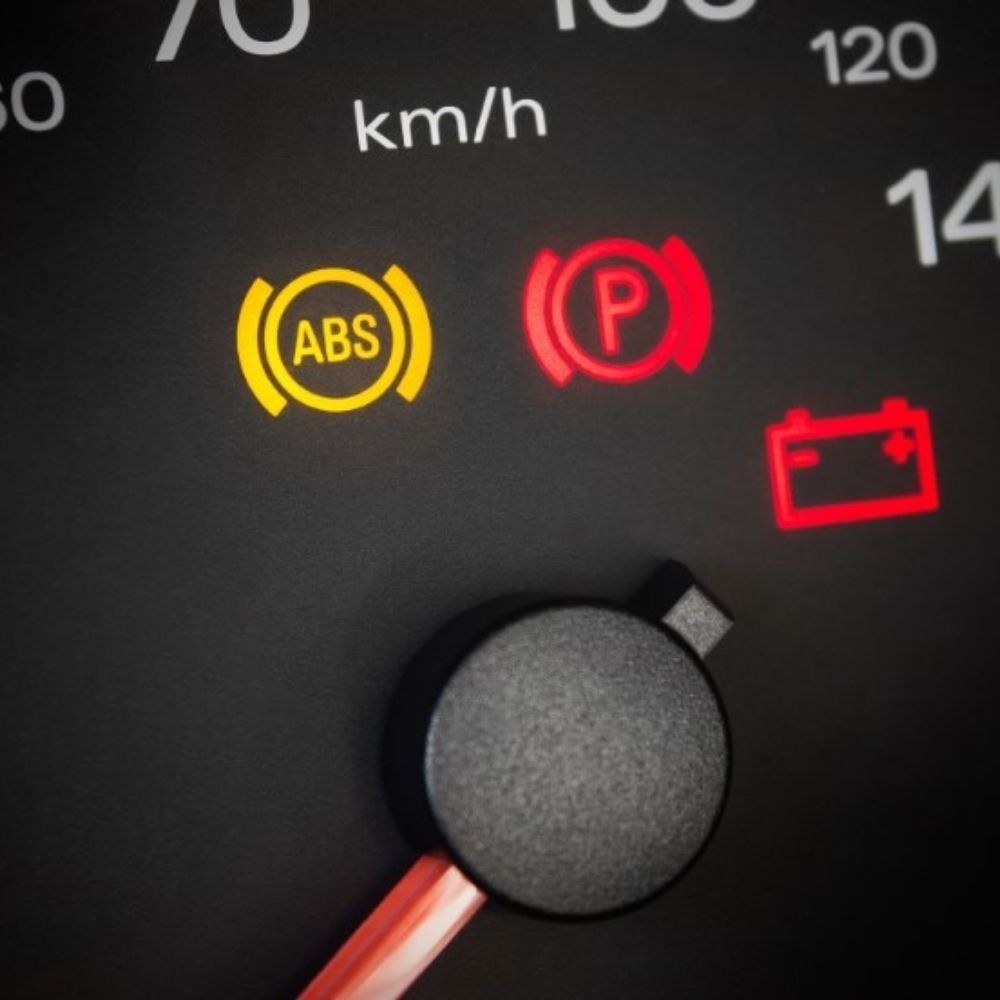
Why Did My ABS Light Come On? Four Reasons Update Latest

ABS Auto Brake Service – Anti-Lock Brake Service Cost





